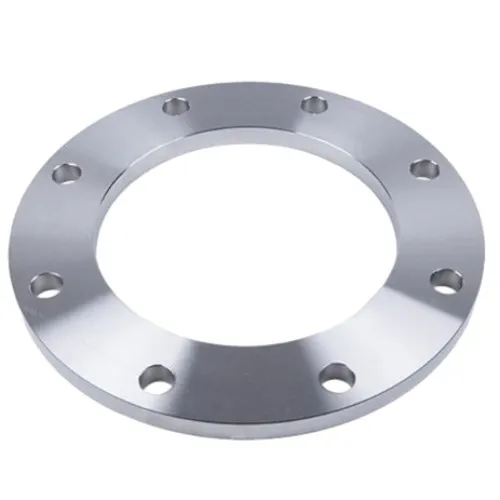-
Cangzhou Yulong Steel Co., Ltd.
-
Phone:
+86 13303177267 -
Email:
admin@ylsteelfittings.com
- English
- Arabic
- Italian
- Spanish
- Portuguese
- German
- kazakh
- Persian
- Greek
- French
- Russian
- Polish
- Thai
- Indonesian
- Vietnamese
- Zulu
- Korean
- Uzbek
- Hindi
- Serbian
- Malay
- Ukrainian
- Gujarati
- Haitian Creole
- hausa
- hawaiian
- Hebrew
- Miao
- Hungarian
- Icelandic
- igbo
- irish
- Japanese
- Javanese
- Kannada
- Khmer
- Rwandese
- Afrikaans
- Albanian
- Amharic
- Armenian
- Azerbaijani
- Basque
- Belarusian
- Bengali
- Bosnian
- Bulgarian
- Catalan
- Cebuano
- China
- China (Taiwan)
- Corsican
- Croatian
- Czech
- Danish
- Esperanto
- Estonian
- Finnish
- Frisian
- Galician
- Georgian
- Kurdish
- Kyrgyz
- Lao
- Latin
- Latvian
- Lithuanian
- Luxembourgish
- Macedonian
- Malgashi
- Malayalam
- Maltese
- Maori
- Marathi
- Mongolian
- Myanmar
- Nepali
- Norwegian
- Norwegian
- Occitan
- Pashto
- Dutch
- Punjabi
- Romanian
- Samoan
- Scottish Gaelic
- Sesotho
- Shona
- Sindhi
- Sinhala
- Slovak
- Slovenian
- Somali
- Sundanese
- Swahili
- Swedish
- Tagalog
- Tajik
- Tamil
- Tatar
- Telugu
- Turkish
- Turkmen
- Urdu
- Uighur
- Welsh
- Bantu
- Yiddish
- Yoruba

Jul . 30, 2024 10:53 Back to list
Exploring the Versatility and Applications of Casting Iron in Modern Industry and Artisanal Crafts
The Versatility and Significance of Casting Iron
Casting iron, a material with a rich history and a wide array of applications, is an essential component in various industries today. Known for its excellent castability, durability, and good machinability, it has become a staple in everything from construction and automotive manufacturing to cookware.
The origins of casting iron can be traced back to ancient China, where the first known cast iron objects were created over 2,500 years ago. The early techniques involved pouring molten iron into molds to create various shapes and objects. Over time, as the technology evolved, the ability to produce stronger and more versatile forms of iron emerged. The development of pig iron, created by smelting iron ore in a blast furnace, paved the way for the modern casting processes we utilize today.
One of the primary advantages of casting iron is its exceptional fluidity when molten, which allows it to fill intricate molds easily. This characteristic enables the creation of complex shapes and detailed designs that are often difficult to achieve with other materials. The casting process itself can be adapted to suit various needs, from sand casting and die casting to investment casting, thereby providing manufacturers with flexibility for different applications.
In terms of its composition, casting iron is primarily an alloy of iron, carbon, and silicon
. The variations in these elements give rise to different types of cast iron, each with unique properties. For instance, gray iron is known for its excellent wear resistance and damping qualities, making it ideal for engine blocks and machine bases. Ductile iron, also known as nodular iron, is prized for its strength and toughness, enabling it to be used in heavy machinery and automotive components. White iron, on the other hand, is known for its hardness and resistance to abrasion, making it suitable for applications involving high wear.casting iron

In the automotive industry, casting iron plays a crucial role in producing a variety of components such as engine blocks, crankshafts, and brake discs. Its robust nature and heat resistance make it well-suited for high-stress environments, providing durability and reliability. Furthermore, as advancements in technology continue to evolve, the applications of casting iron expand into electric vehicles and renewable energy technologies, where its properties are leveraged for innovative designs.
Beyond industrial use, casting iron has gained popularity in the realm of cookware. Cast iron skillets and Dutch ovens are beloved by chefs for their excellent heat retention and even cooking. These cookware pieces are not only beautiful but also can last a lifetime if properly cared for. The natural non-stick surface that develops with seasoning adds to their appeal, making them a favorite among home cooks and gourmet chefs alike.
Moreover, casting iron also has environmental considerations. The recycling of cast iron scrap allows for sustainable practices within the industry. A significant portion of cast iron is recycled and reused, reducing waste and conserving raw material resources. This aspect of casting iron aligns with the global move towards more sustainable manufacturing processes.
In conclusion, casting iron is a material that exemplifies versatility and durability across a broad spectrum of applications. Whether in industrial machinery, automotive parts, or household cookware, its unique properties continue to make it a preferred choice for manufacturers and consumers alike. As technology advances and the demand for sustainable practices grows, the future of casting iron looks promising, ensuring that this ancient material will remain relevant in modern society.
Latest news
-
ANSI 150P SS304 SO FLANGE
NewsFeb.14,2025
-
ASTM A333GR6 STEEL PIPE
NewsJan.20,2025
-
ANSI B16.5 WELDING NECK FLANGE
NewsJan.15,2026
-
ANSI B16.5 SLIP-ON FLANGE
NewsApr.19,2024
-
SABS 1123 FLANGE
NewsJan.15,2025
-
DIN86044 PLATE FLANGE
NewsApr.19,2024
-
DIN2527 BLIND FLANGE
NewsApr.12,2024
-
JIS B2311 Butt-Welding Fittings LR/SR 45°/90° /180°Seamless/Weld
NewsApr.23,2024











